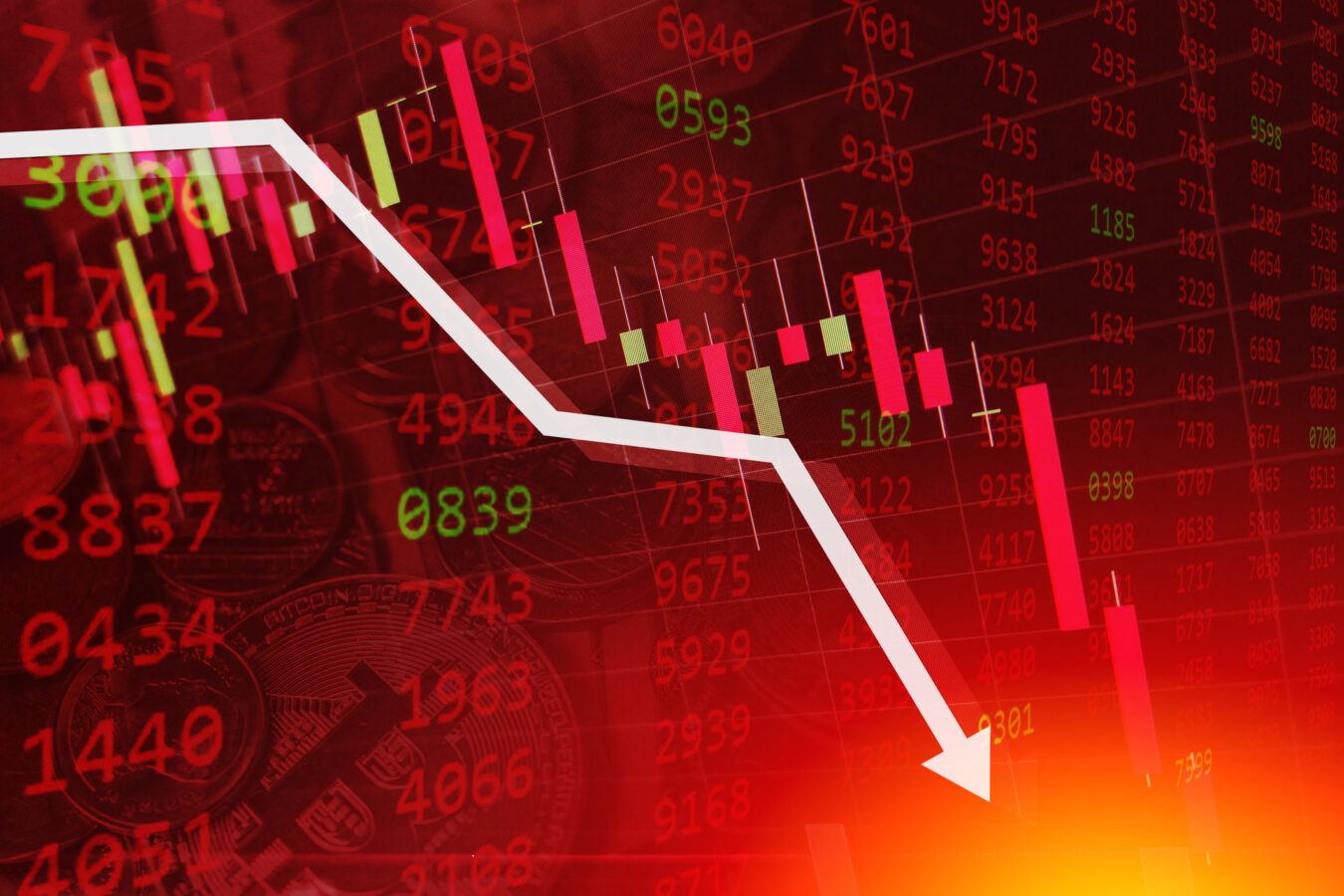If you’re looking for retail stocks to sell, you won’t have any luck following the meme-stock crowd. But, as Barron’s reported on Jan. 13, meme stock mania is back.
As InvestorPlace’s Thomas Yeung points out, Bed Bath & Beyond (NASDAQ:BBBY) gained 240% over the past week on the strength of a meme-stock rally.
“My own analysis shows the value of firms like Bed Bath & Beyond is worth precisely zero once you account for its bankruptcy risk. But try telling that to any BBBY fan, and you’ll be met with even more derision than a hippie at a heavy metal concert,” Yeung wrote on Jan. 14.
In reality, meme stock investors aren’t interested in making quality investments. Instead, they want to get rich quickly. And who can blame them for thinking this way? Of course, we all want to get rich, but financial independence takes patience, realistic return expectations, and, most importantly, a plan to get there.
Thousands of meme-stock investors piled into BBBY when Ryan Cohen said he had a plan for the flawed retailer. He didn’t. And many piled out when he sold out in August 2022.
Bed Bath & Beyond might go bankrupt in 2023. So here are three retail stocks to sell that also could face the same fate over the next 12 months.
| TUEM | Tuesday Morning | $0.46 |
| W | Wayfair | $43.23 |
| REAL | The RealReal | $1.50 |
Tuesday Morning (TUEM)

It wasn’t a festive holiday shopping season for the shareholders of Tuesday Morning (OTCMKTS:TUEM).
On Nov. 29, 2022, the off-price retailer announced a 1-for-30 reverse split would take place on Dec. 1. In September, a majority of its shareholders approved the reverse split, which was done to meet the Nasdaq’s $1.00 minimum bid price compliance regulation.
On Sept. 28, the day shareholders approved the reverse split, TUEM stock closed at $4.26. Then, on Dec. 23, Tuesday Morning announced it would voluntarily delist from Nasdaq. The shares fell 50% on the news, putting them below $1 for the second time.
While it might seem strange that it would delist a month after undertaking a reverse split, the board decided it was the best move given its need to preserve cash wherever possible. Now trading below 50 cents, the retailer’s fate in 2023 could include a second bankruptcy since 2020.
According to GuruFocus.com, Tuesday Morning has an Altman Z-Score of 0.62. This indicates that its financial situation is currently distressed, and it could enter bankruptcy proceedings within the next two years.
As the company’s Q1 2023 results show, new CEO Andrew Berger has his hands full in 2023. But, meme stock or not, this is not a company you want to back.
Wayfair (W)

Wayfair (NYSE:W) loses so much money you would think it’s a clinical-stage biopharmaceutical company. Yet, despite its inability to make money, it gets fantastic support from investors and Wall Street analysts.
Its stock is up 32% early in 2023. Bottom feeders are looking to benefit from a rebound in heavily-shorted stocks. According to MarketWatch, approximately 34.9% of its float is currently short, making it the 20th most heavily shorted.
As for analysts, 36 cover Wayfair. Unbelievably, despite losing nearly $6 a share through the first nine months of 2022, nine rate it “Overweight” or an outright “Buy.” That’s the same as nine who think it’s “Underweight” or an outright “Sell.”
I don’t know how many times I’ve recommended investors stay away from this dud in the past five years. For example, in May 2020, after W stock went on a tremendous run — up 650% in two months — I suggested owners of its stock take profits.
“Wayfair, which is notorious for losing money, has been able to generate significant revenue during the novel coronavirus as people working from home look to create more comfortable cocoons,” I wrote in 2020.
“The good times won’t last. When the world gets back to normal in 12 to 24 months, Wayfair will have to rev up its ad spending once again, pushing its pathway to profitability farther down the road.”
Wayfair’s Altman Z-Score is 1.69, putting it in the distress zone and a possible bankruptcy over the next 24 months. At the end of 2020, Wayfair had $2.13 billion in cash on its balance sheet. In the seven quarters since, it has fallen to $731 million.
This is not a $42 stock. Sell and never look back.
RealReal (REAL)

Of the three retail stocks on my list, The RealReal (NASDAQ:REAL) has the worst Altman Z-Score at -1.60, well within the distress zone. A possible bankruptcy is definitely in the cards.
An August 2022 article from The Cut, New York magazine’s online fashion site, gives you an idea of why you should not own its stock and, if you do, why you should sell.
“The RealReal was a perfect platform, for a certain type of consumer, for a very long time. Being so addicted to it allowed me to more clearly see its cracks when they began to appear,” wrote The Cut senior writer Emilia Petrarca last August.
“Over the past year, items were taking longer to be listed, prices were too low when they were, and items were frequently mislabeled on the site. Employees I had been in touch with — my luxury managers — were leaving frequently. It didn’t seem like a good sign.”
That was last August.
At the time, REAL was trading at $2.25. Most of 2022’s losses came between April and June. By the time Petrarca wrote her piece, it was a penny stock, likely to fall further.
Up 25% over the past five days, the bottom feeders are speculating the online consignment site’s got some life left in it. I doubt it.
Here’s why.
As of September 30, 2019, the end of its first quarter as a public company, The RealReal had $365 million cash on its balance sheet. As of the latest quarter, it had $300 million cash on its balance sheet. In 2019, it had no debt. As of Q3 2022, it had $449 million.
So, in three years, it’s added $449 million in debt, reduced its cash position by $65 million, and doubled its operating losses to $151 million.
REAL is the poster child for stocks to sell.
On the date of publication, Will Ashworth did not have (either directly or indirectly) any positions in the securities mentioned in this article. The opinions expressed in this article are those of the writer, subject to the InvestorPlace.com Publishing Guidelines.
